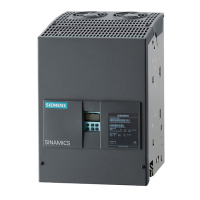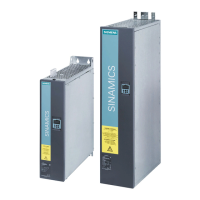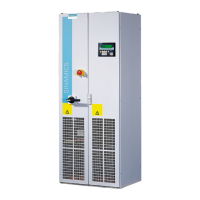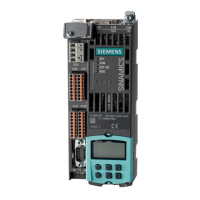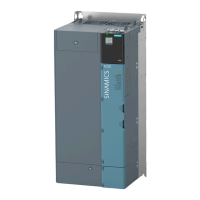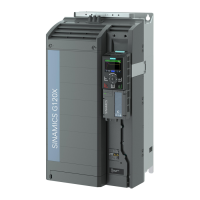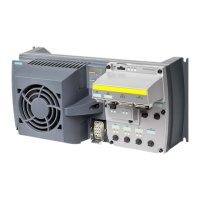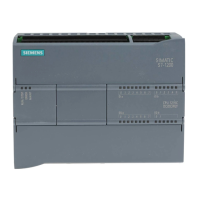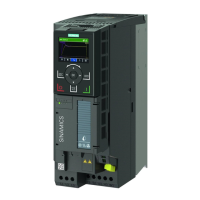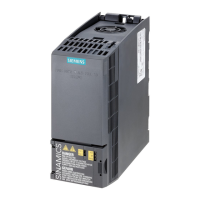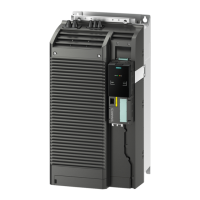Controlling the safety functions
5.3 Control of "STO" and "SS1" via terminals on the Control Unit and the Motor/Power Module
Safety Integrated
50 Function Manual, 07/2016, A5E03264275A
Control of "STO" and "SS1" via terminals on the Control Unit and the
Motor/Power Module
Features
● Only for the Basic Functions.
● Dual-channel structure via two digital inputs (Control Unit / power unit).
● A debounce function can be applied to the terminals of the Control Unit and the Motor
Module to prevent incorrect trips due to signal disturbances or test signals. The filter
times are set via parameters p9651 and p9851.
● Different terminal blocks depending on the format.
● Automatic AND operation of up to eight digital inputs (p9620[0..7]) on the Control Unit for
chassis format power units connected parallel switching.
Overview of the terminals for safety functions
The different power unit formats have different terminal designations for the inputs of the
safety functions. These are shown in the following table.
Table 5- 5 Inputs for safety functions
1st switch-off signal path
(p9620[0])
2nd switch-off signal path (EP terminals)
Control Unit CU320-2 X122.1....6 / X132.1…6
Single Motor Module
Booksize
(see CU320-2) X21.3 and X21.4 (on the Motor Module)
Single Motor Module/
(see CU320-2) X41.1 and X41.2
For further information about the terminals, see the Equipment Manuals.
Terminals for STO, SS1 (time-controlled), SBC
The functions are separately selected/deselected for each drive using two terminals.
1.
Switch-off signal path, Control Unit
The desired input terminal is selected via BICO interconnection (BI: p9620[0]).
2.
Switch-off signal path Motor Module / Power Module
The input terminal is the "EP" terminal ("Enable Pulses")
The EP terminal is periodically interrogated with a sampling time which is rounded off to
an integer multiple of the current controller cycle; however, it is a minimum of 1 ms.
(example: t
i
= 400 µs, t
EP
=> 3 x t
i
= 1.2 ms)
Both terminals must be energized within the tolerance time p9650, otherwise a fault will be
output.
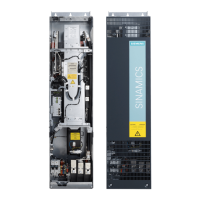
